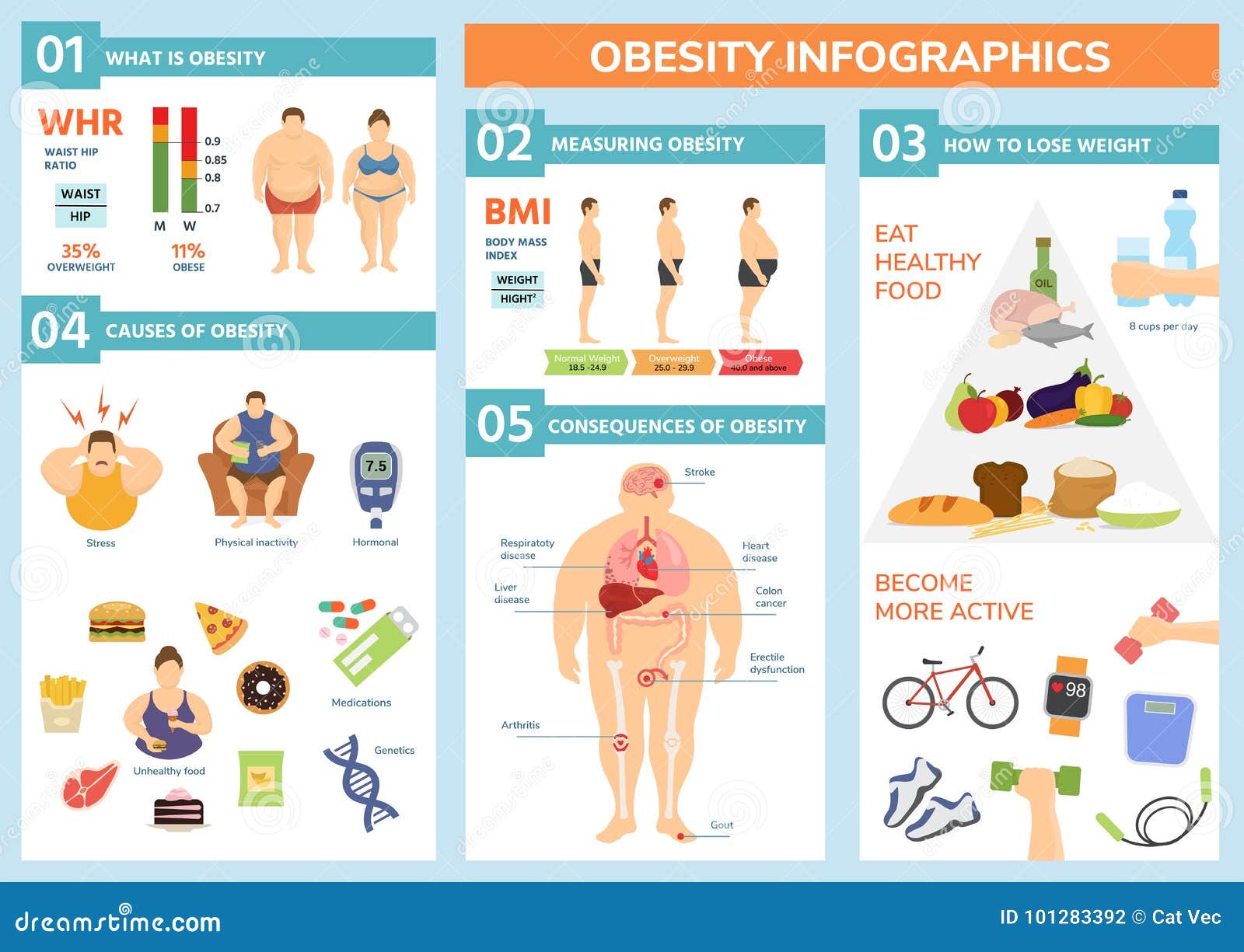Potential Side Effects Of Cold Laser Therapy
Potential Side Effects Of Cold Laser Therapy
Blog Article
Scientific Research Study on the Effectiveness of Cold Laser Strategy
Cold laser treatment is a beneficial tool to aid in pain management and the healing process. It is often used in sports medication, dermatology and acupuncture.
Cold lasers pass through deep right into cells and advertise chemical modifications without heating them. They minimize swelling and swelling, speed cellular activity and accelerate healing.
Academic History
Unlike the high-intensity lasers that surgeons use to puncture cells, cool laser treatment makes use of light-emitting diodes to penetrate into your skin and promote healing. As these photons reach damaged cells, they start a domino effect that boosts your cells' manufacturing of enzymes and increases your body's all-natural recovery processes.
The photons also lower pain through the production of endorphins and enhance your body's ability to drain pipes puffy areas by inducing vasodilation (the expansion of capillary). Therefore, it aids you recuperate from musculoskeletal injuries and pain faster.
Lots of people have actually become aware of chilly laser therapy from their physical therapist, chiropractic physician or medical professional and might be questioning how it functions. Unlike the majority of laser tools utilized in the medical area, which really heat up tissue, our cutting edge equipment produces cool laser light beams that don't create any type of heating of your cells. This permits your body to obtain the healing benefits without setting off any negative effects.
Scientific Trials
Cold laser therapy is typically recommended as a treatment option for patients that have bone and joint discomfort and injuries. It can be made use of to reduce swelling, enhance tissues and speed up the body's natural recovery processes.
Non-thermal photons of red and infrared laser radiation are absorbed by the light sensitive elements in cells and start a rise in intracellular metabolic process that raises cell recreation, decreases inflammation, removes edema and reduces healing time.
Unlike the light that is generated by sunshine or standard lights, laser light is identical (all wavelengths traveling in the same direction), coherent and monochromatic. These homes enable laser energy to penetrate much deeper into the cells.
Several professional tests have actually shown that LLLT can be reliable in minimizing pain in the musculoskeletal system. Nonetheless, even more well-designed research studies are needed to examine the optimal setups for laser irradiation and to determine its performance in particular problems, such as oral mucositis in cancer cells people getting chemotherapy or radiotherapy, and injury healing (consisting of diabetic abscess following hammertoe surgical procedure). This Aetna policy publication does not resolve other uses of LLLT, consisting of the therapy of various skin diseases.
Conclusions
Unlike medical lasers that can damage tumors or coagulate tissue, cool laser therapy does not warm the body's cells. Instead, the light boosts your cells to produce adenosine triphosphate, which accelerates the fixing process of hurt cells.
Aetna takes into consideration low-level laser (LLL) therapy medically needed for the avoidance of dental mucositis related to cancer therapy (radiation treatment, radiation therapy, hematopoietic stem cell transplant) and non-cancer therapies (such as radiodermal injury, fibromyalgia). Several research studies revealed that LLT can be efficient in lowering PU signs without damaging effects. Nevertheless, distinctions in research designs and laser dosimetry made comparison of the results hard; RCTs with low danger of prejudice are required. Making use of a 660 nm wavelength and higher energy density appears to be a lot more efficient than the various other researched laser wavelengths. This could be due to the fact that the various other wavelengths might boost inflammatory laser dark spot removal cost near me procedures and create even more negative effects. The result of the sort of laser made use of is additionally vital; the writers recommend that future research study concentrate on reviewing various sorts of lasers and their dosages to establish the optimum mix of laser criteria for PU avoidance.
Recommendations
Cold laser therapy is utilized by dental practitioners to deal with swollen periodontal cells, medical professionals to reduce pain brought on by rheumatoid arthritis, and physical therapists to speed up the recovery of muscular tissue, tendon, and ligament injuries. Numerous medical insurance coverage plans cover this treatment.
Unlike hot lasers, which have a thermal effect on cells, chilly lasers (likewise called low-level lasers) promote the cellular energy of the skin. Photons from the laser light pass through right into the cell, activating a series of chemical changes that advertises regrowth and minimizes inflammation.
In order to be effective, lasers have to be effectively configuration and used. This is why it is not advisable to buy an inexpensive over-the-counter laser tool and attempt to treat on your own in the house. A qualified specialist is required to ensure that the tool is made use of appropriately to decrease the threat of eye injury and optimize its efficiency. The laser device must be gotten used to the right setup, intensity, frequency, and setting of the laser on the treatment area.